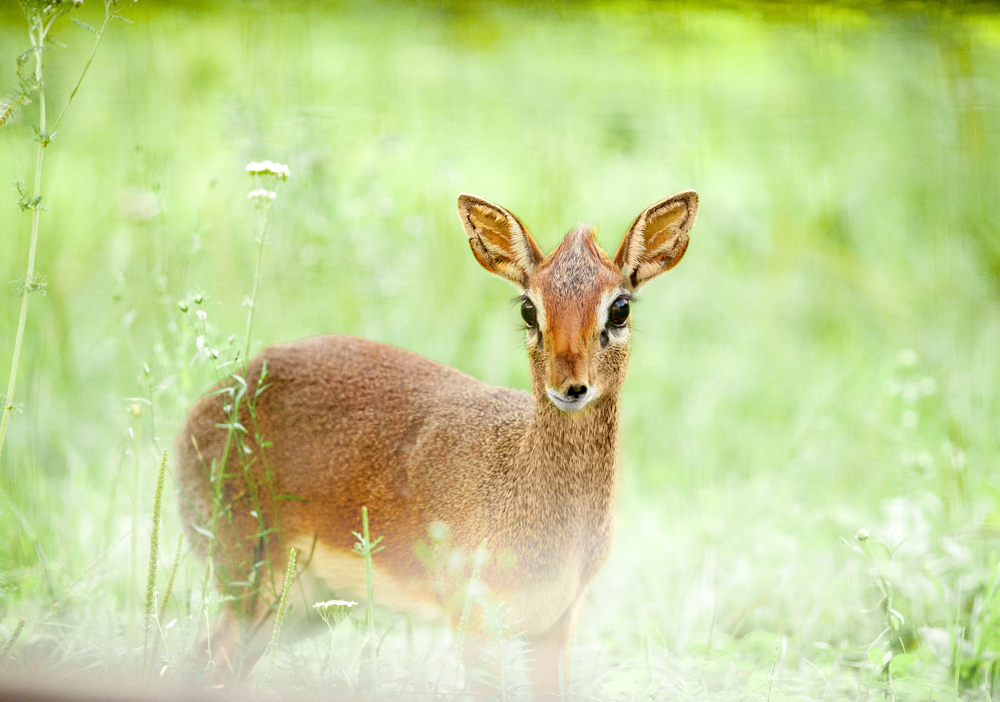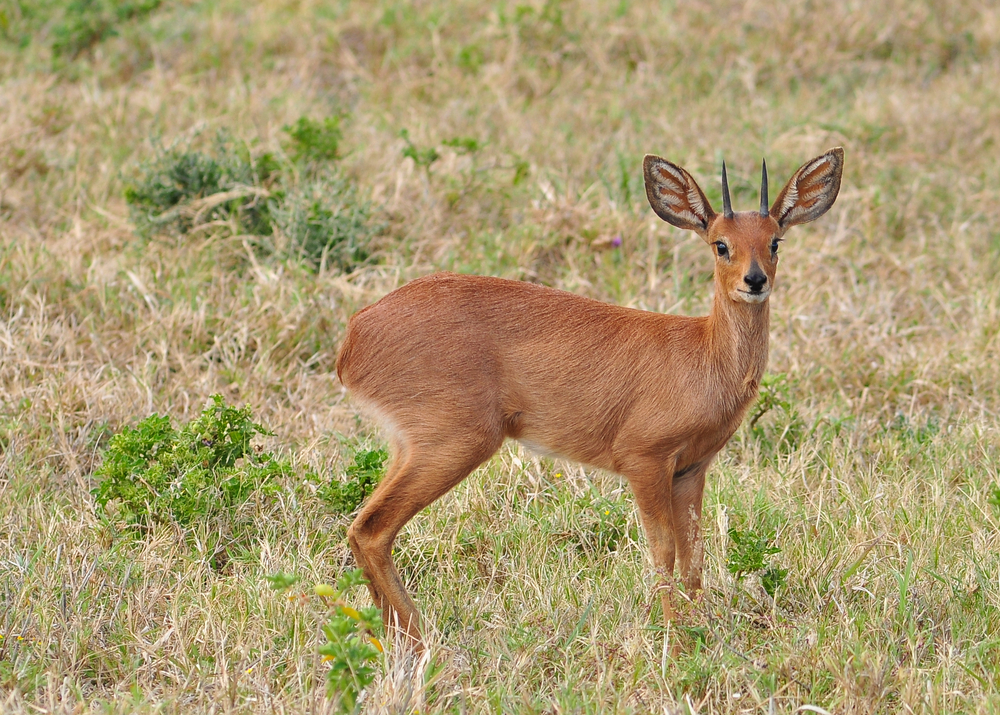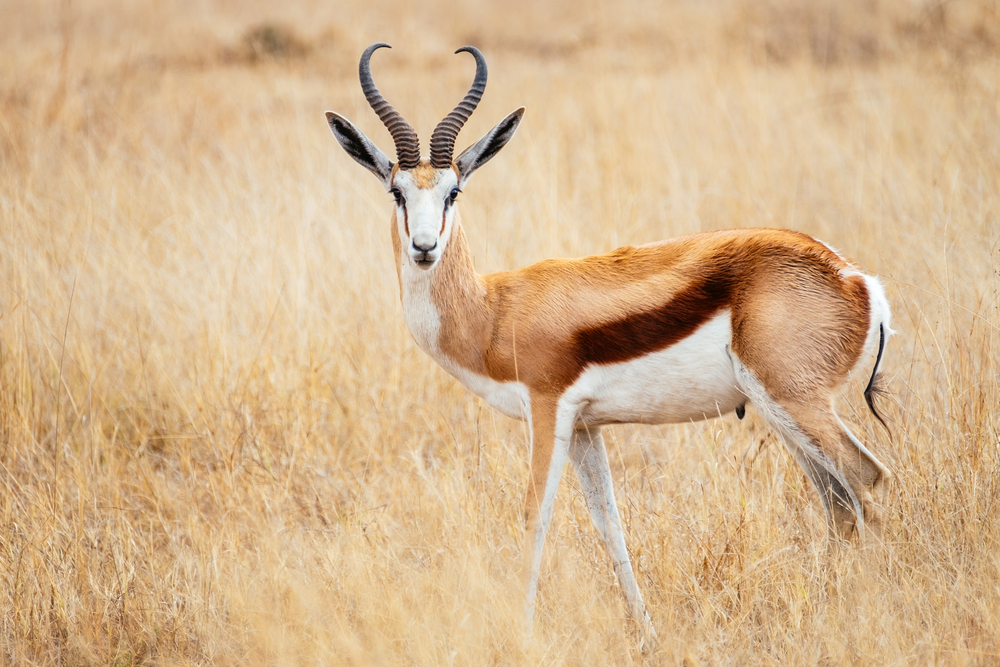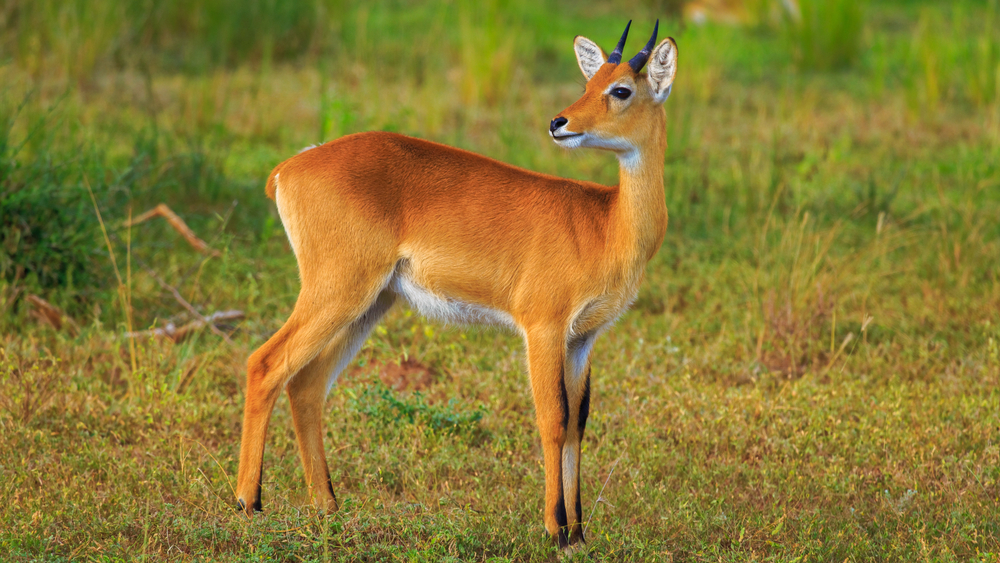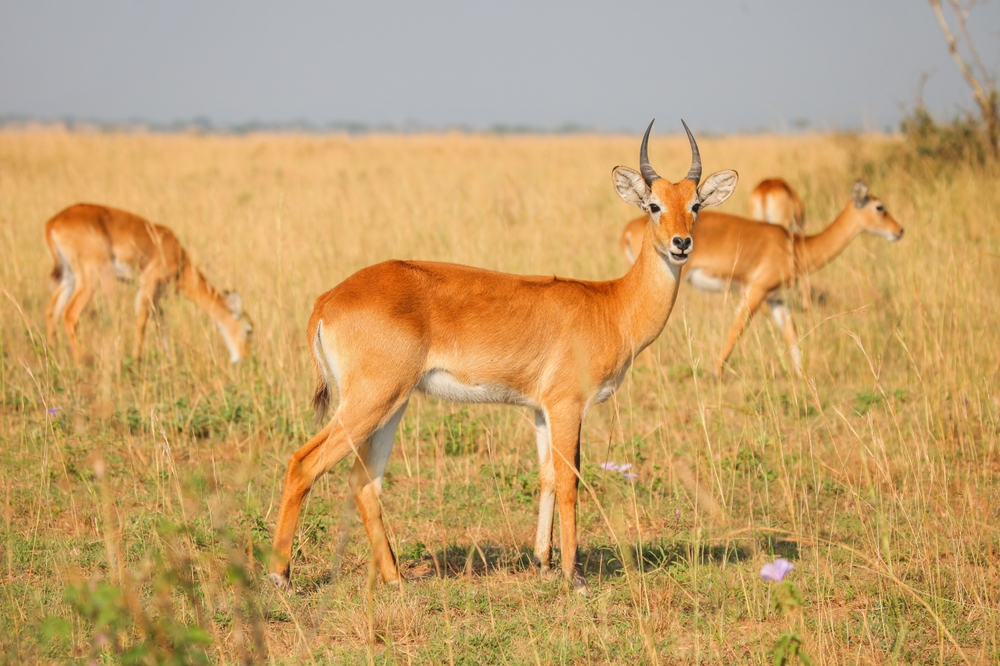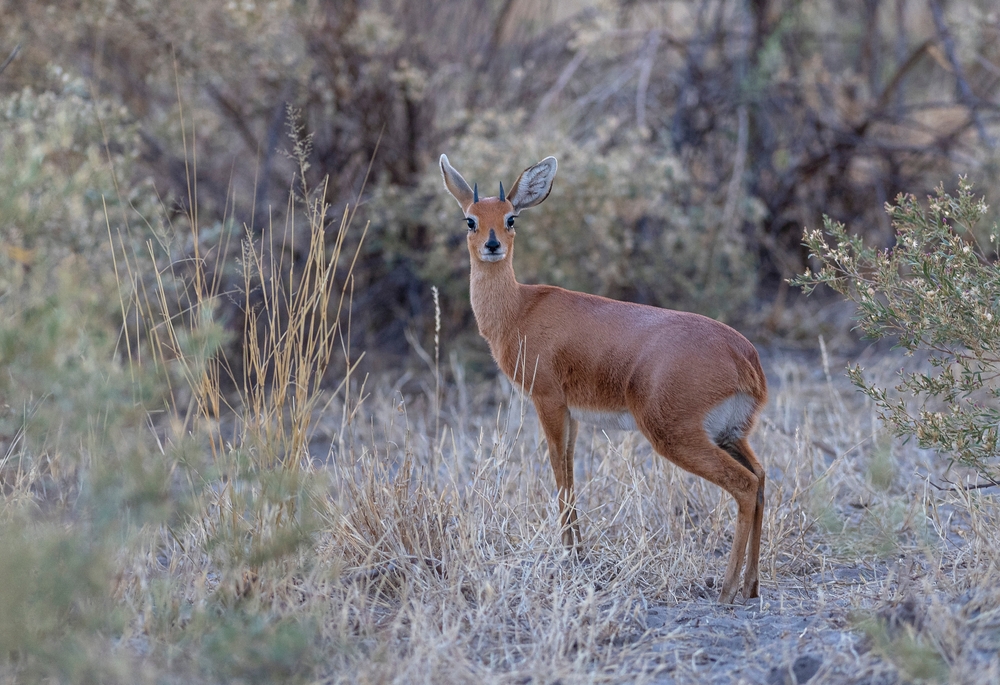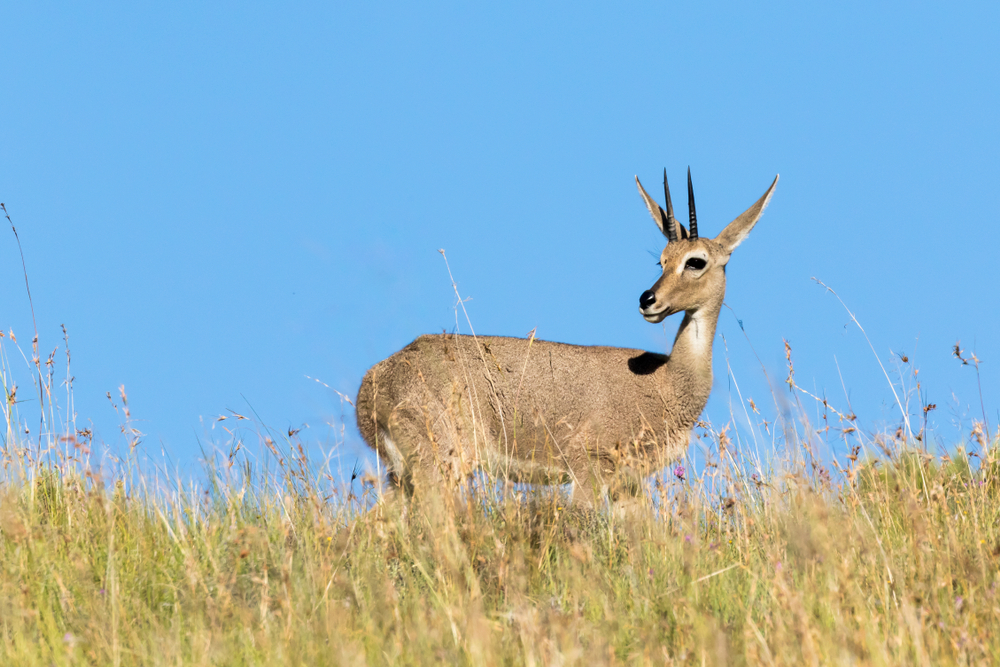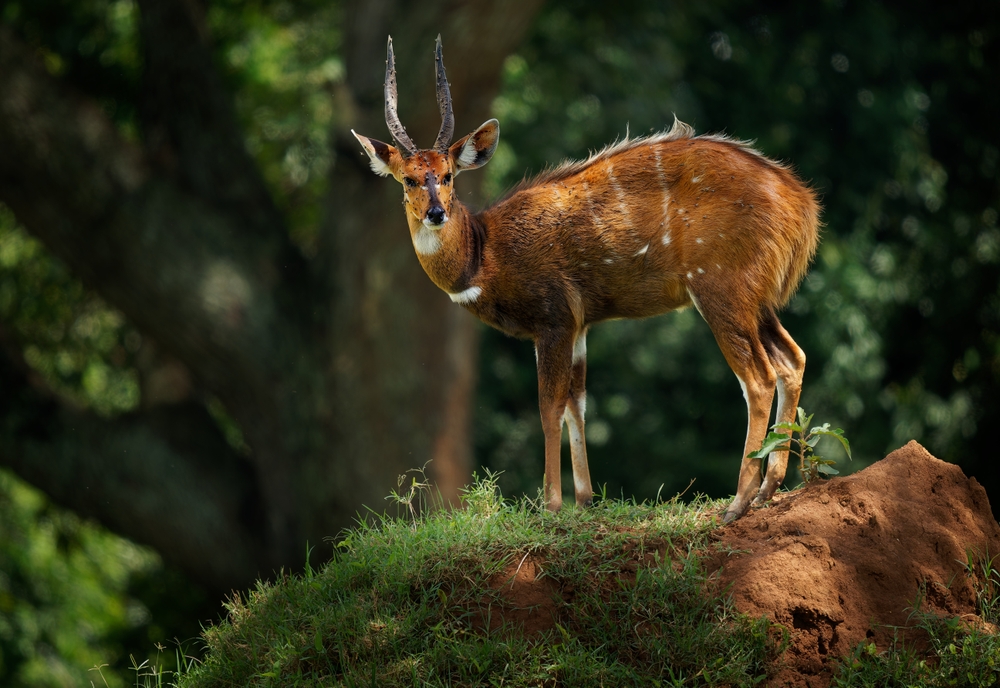Physical Characteristics
The Royal Antelope holds the title of smallest antelope in the world, and its physical characteristics reflect its extreme miniaturization and adaptation to life in the dense, low-light forests of West Africa. Despite its delicate appearance, this tiny ungulate is agile, alert, and well-equipped for survival on the forest floor.
Size and Weight
Adult Royal Antelopes stand only 20–25 cm (8–10 inches) tall at the shoulder and typically weigh between 2.5 and 3 kg (5.5 to 6.6 lbs). Their body length ranges from 40 to 50 cm (16 to 20 inches), making them smaller than many domestic cats and easily the smallest member of the family Bovidae.
Body Shape and Limbs
They have a compact, lightly built body with long, slender legs, particularly elongated hind limbs. This unique leg proportion allows for extraordinary leaping ability—they can bound as high as 40–50 cm in a single jump, despite their tiny frame. Their light weight and powerful legs enable them to escape threats with short, high, zig-zagging leaps followed by sudden freezing behavior to avoid detection.
Coat and Coloration
The coat is smooth, short, and dense, with a rich reddish-brown or chestnut coloration on the back and sides. The underparts, including the belly and inner legs, are white to cream-colored, and there is a small white patch beneath the chin. The tail is short and tipped with white on the underside, occasionally visible during movement.
Head and Facial Features
The head is proportionally small and rounded, with large, dark eyes adapted for low-light visibility and short, rounded ears that swivel to detect sounds. Only males possess tiny, straight, spike-like horns, usually less than 2.5 cm (1 inch) in length. Females are hornless.
Other Features
The hooves are extremely small and narrow, suited for soft forest floors. Like other antelopes, they possess scent glands in front of the eyes, used in subtle forms of communication and territory marking.
Every aspect of the Royal Antelope’s physical form is tailored for quiet, nimble movement, camouflage, and survival in the dense tropical undergrowth.



































































